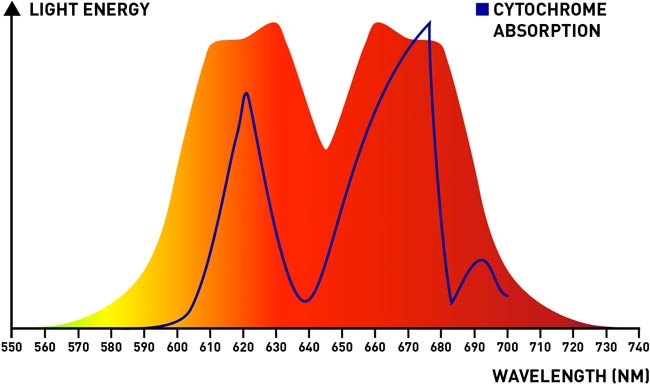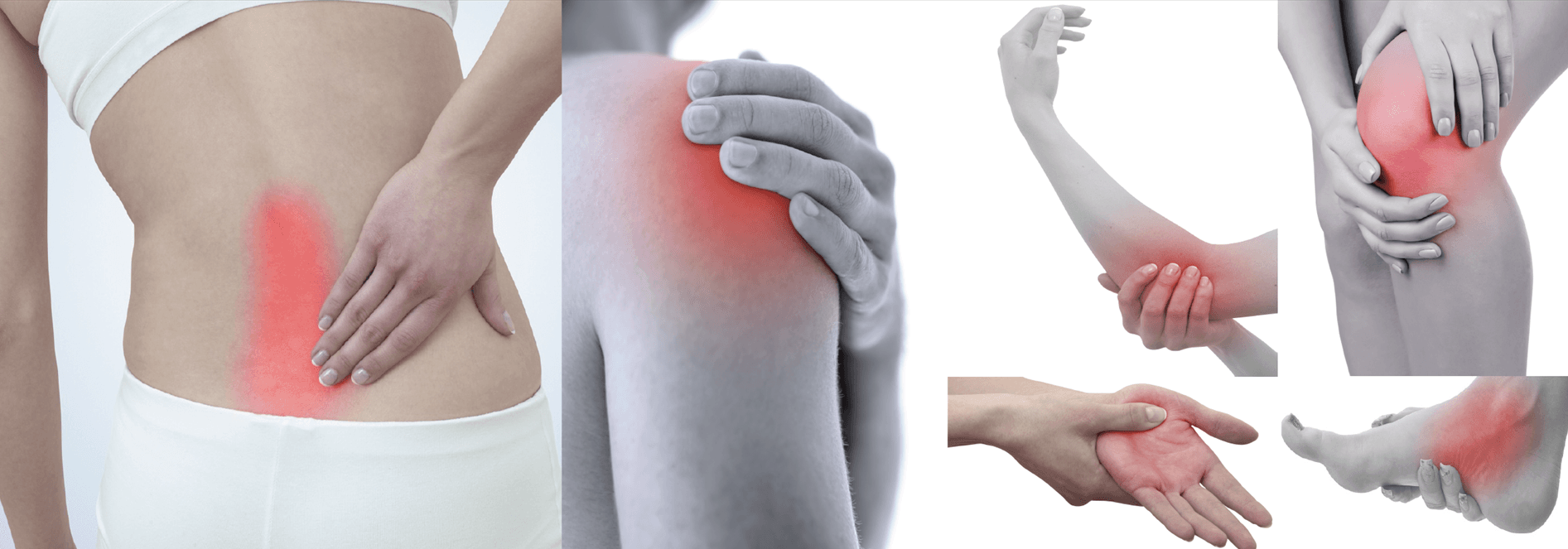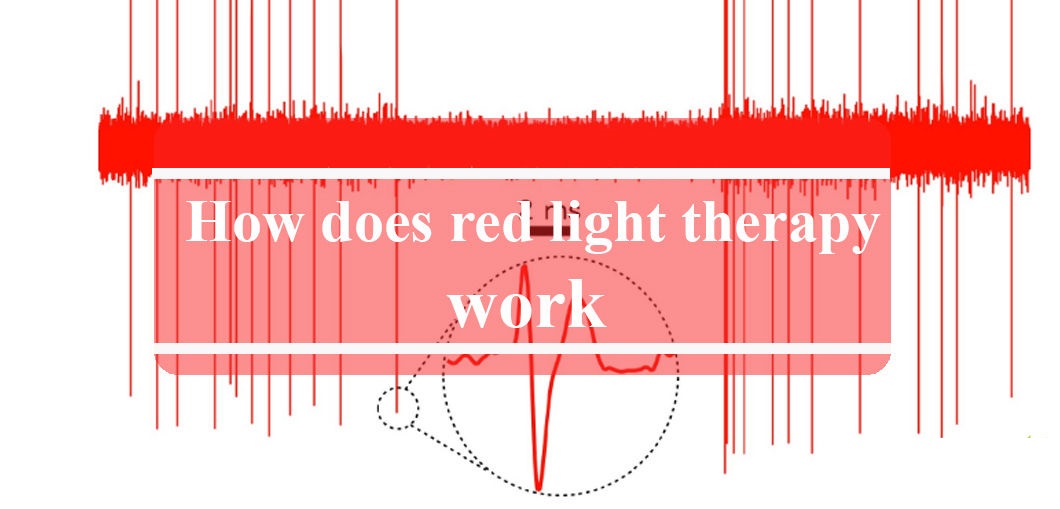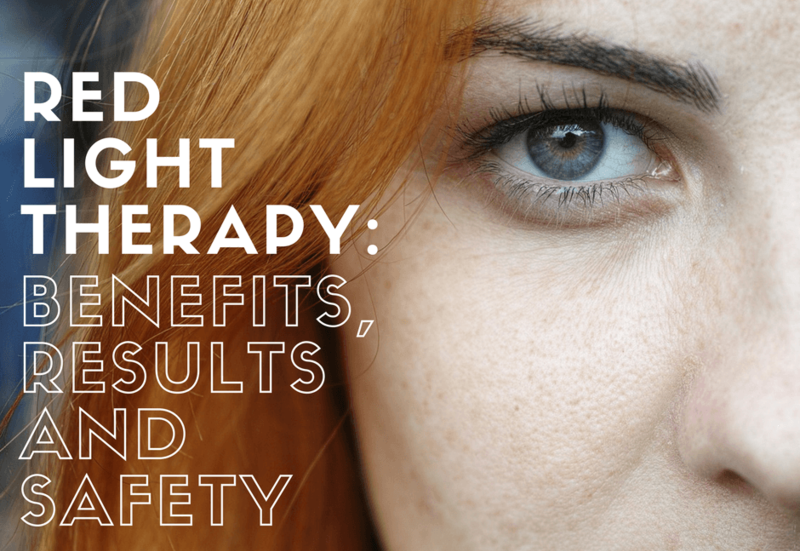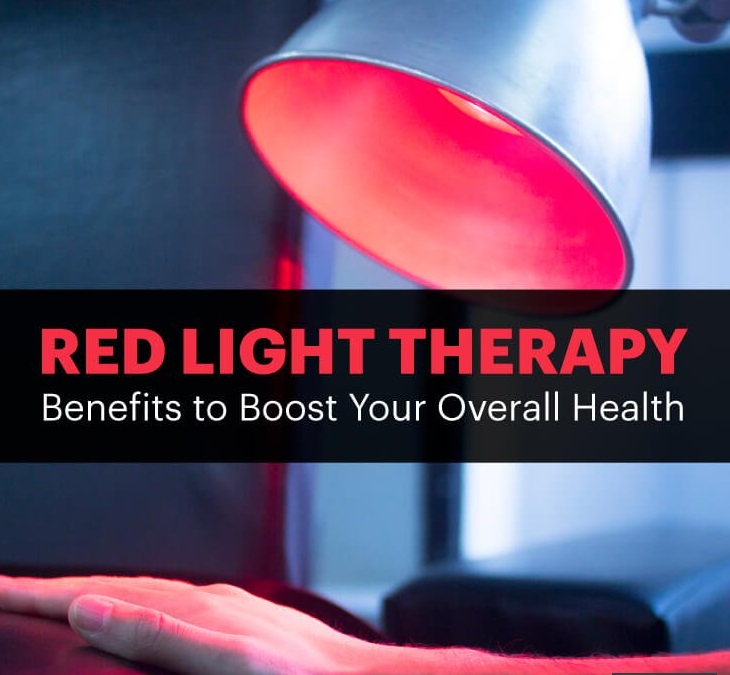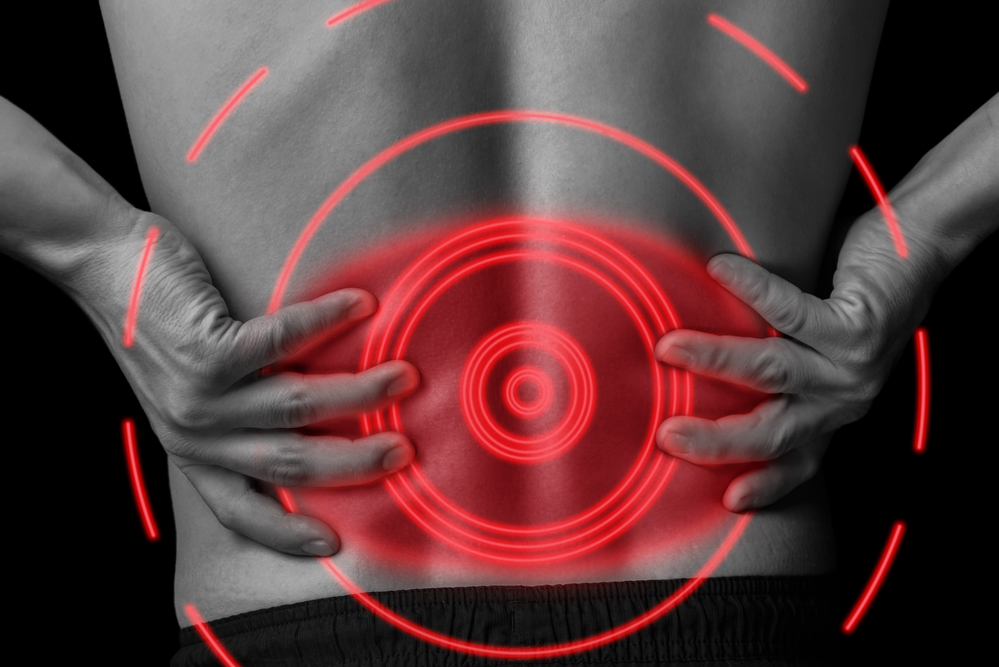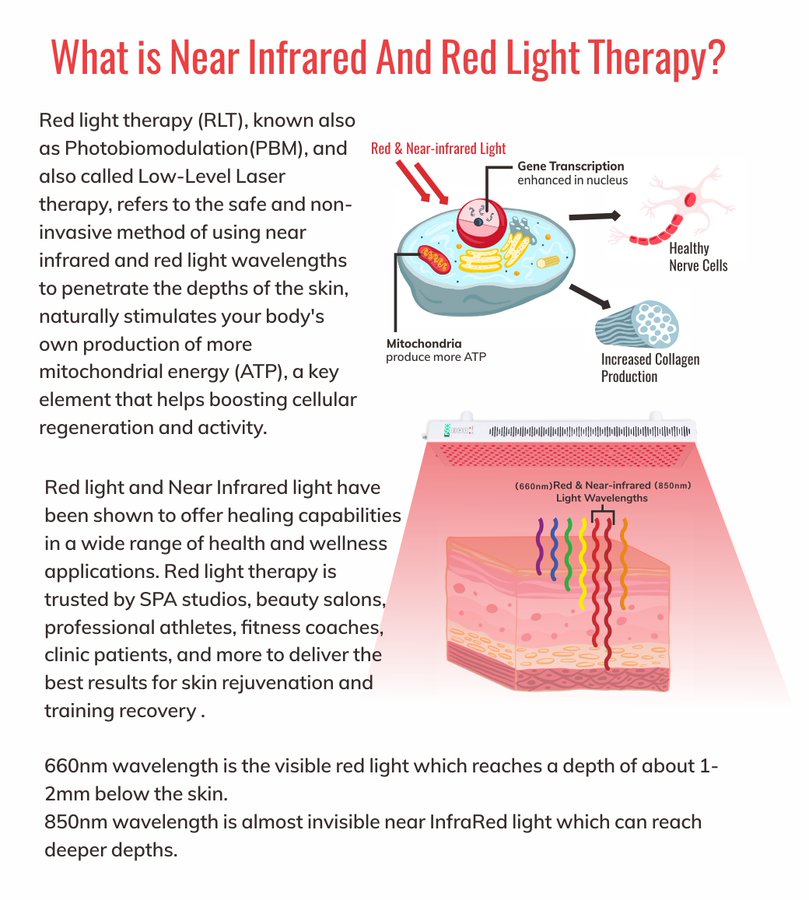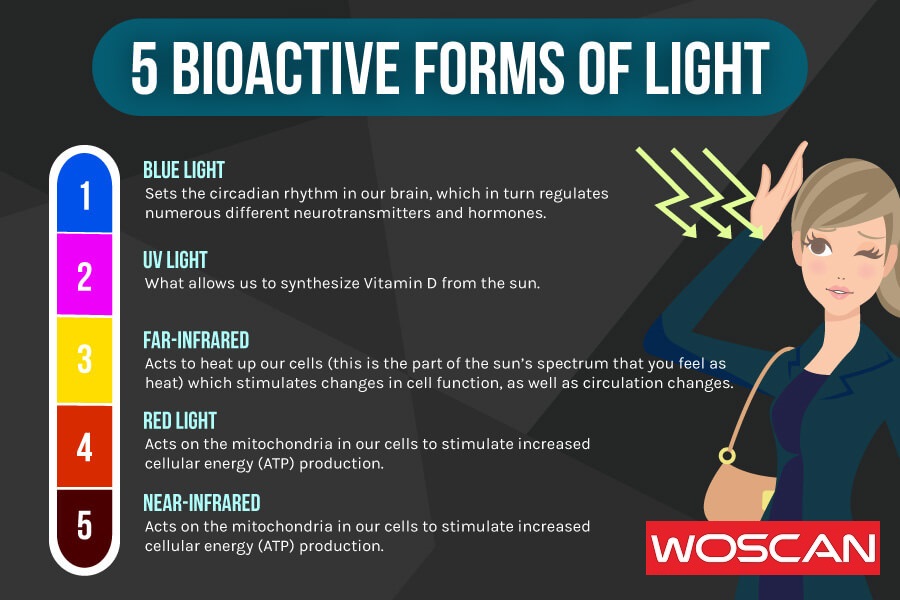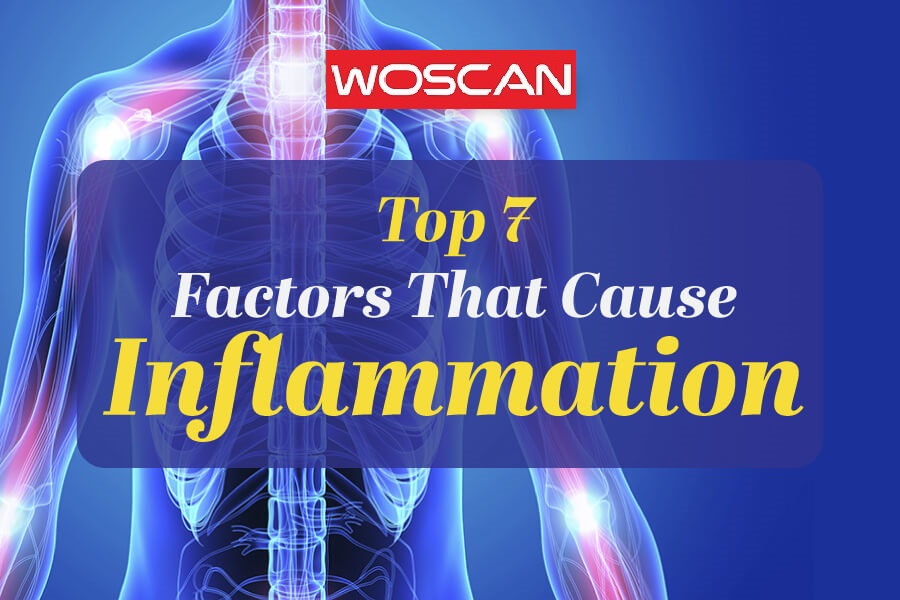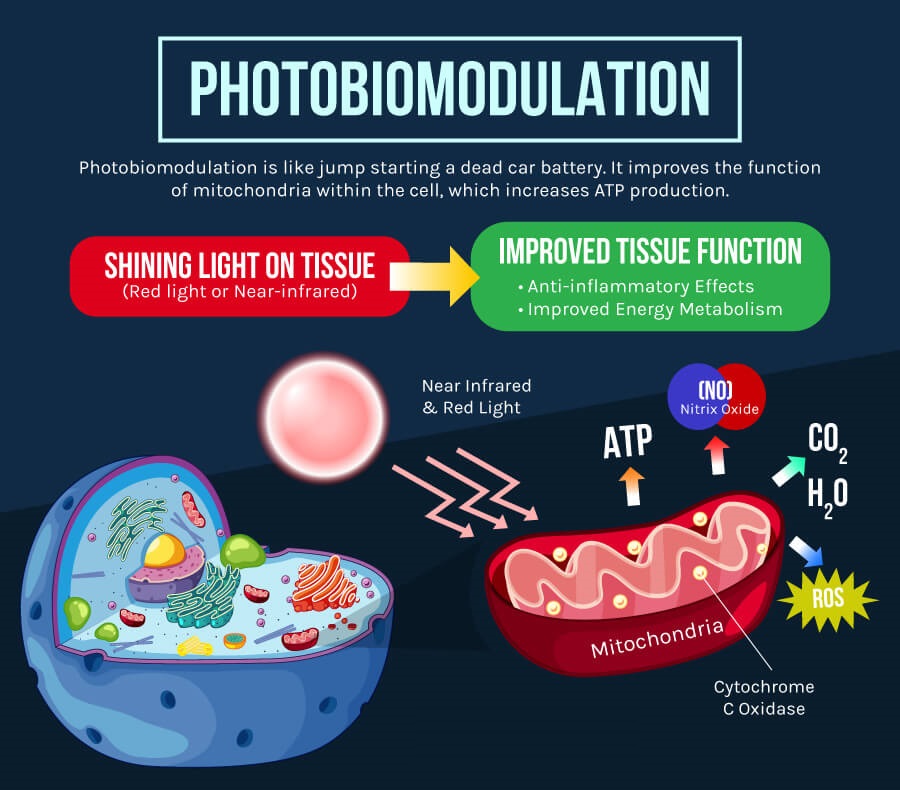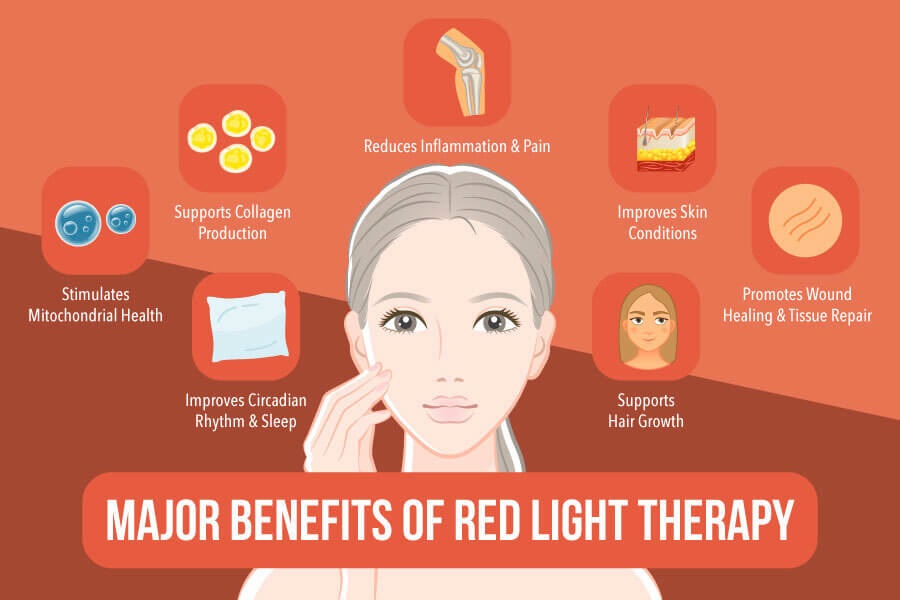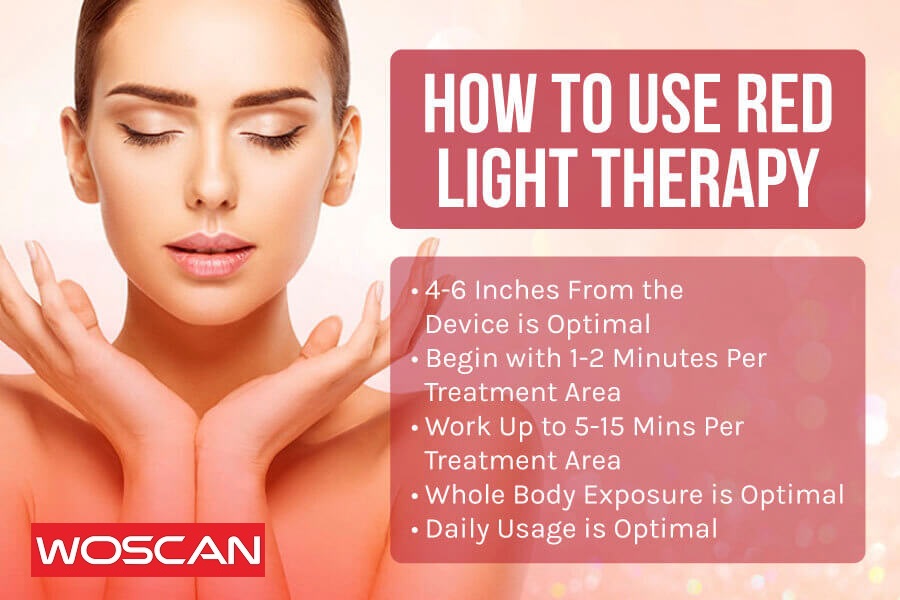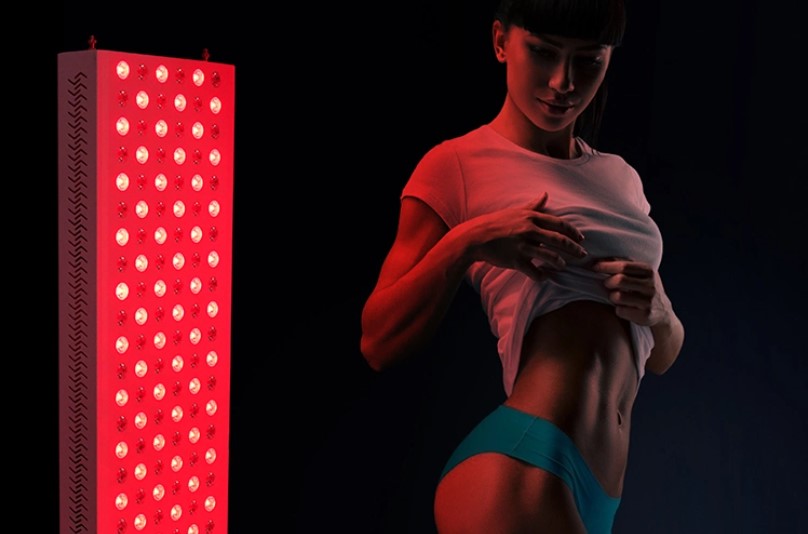
It seems far-fetched to think that simply shining a red light on your body can finally heal chronic pain. The idea that something this simple could be the answer after years of struggle sounds too good to be true. Yet anecdotal and scientifically-valid evidence of the benefits of red light therapy for pain is growing. Is there any truth behind these claims? Could red light therapy for pain actually work?
What is red light therapy for pain?
Red light therapy for pain is known by a number of different names, including:
Low level laser or low level light therapy (LLLT)
Low intensity light therapy (LILT)
High intensity light therapy (HILT)
Photobiostimulation
Biostimulation (BIOS)
Photobiomodulation
Photonic stimulation
Photorejuvenation
By any name, red light therapy for pain uses an infrared light to penetrate into the body’s tissues. Higher frequencies move deeper into the body, but generally the light penetrates the skin approximately two to ten millimeters deep. For chronic pain, wavelengths between 800 and 1200 nm are generally recognized as therapeutic among proponents of this treatment.
There is more than one type of red light therapy for pain. The two most common types of red light therapies are:
Low intensity light therapy: Uses a Class III laser. Generally recognized as safe and poses little to no risk for adverse effects (burns, tissue damage, etc.). There is very little research on this type of therapy. Claims of efficacy are largely anecdotal.
High intensity light therapy: Uses a Class IV laser. More scientifically-valid studies using this type of laser, but this laser poses more risks to both patient and clinician.
Does red light therapy for pain work?
The idea behind red light therapy for pain is that infrared light penetrates the skin without cutting it. There is evidence that infrared light stimulates mitochondrial functioning. The mitochondria is the part of the cell that stimulates healing and produces protein and collagen.
Recent research has shown that this type of therapy can work to help reduce inflammation. A triple-blind study of mice has shown that neuropathic pain due to inflammation was significantly decreased with the use of red light therapy.
Red light therapy for osteoarthritis
This help with inflammation can be especially powerful for patients suffering from pain due to inflammatory conditions like knee osteoarthritis (OA). A recent study comparing the effects of low intensity light therapy and high intensity light therapy (HILT) found that both were effective at decreasing pain and increasing function when combined with exercise (with HILT being slightly more effective).
Red light therapy for neck pain
High intensity laser therapy has also been proven effective at relieving chronic neck pain. A double-blind, randomized controlled study of 60 chronic neck pain patients found that high intensity light therapy increased range of motion, decreased pain, and improved functionality over six weeks when compared to placebo laser therapy. Both groups also used exercise in their treatments.
Red light therapy for back pain
Yet another study demonstrated that portable infrared therapy packs strapped to the back of the waist were effective at reducing chronic lower back pain. These results surpassed the pain reduction felt by the placebo group. This study utilized high intensity light therapy at wavelengths between 800 and 1200 nm over seven weeks.
Low intensity light therapy also seems to increase blood flow to the skin, an action that can decrease healing times for cutaneous injuries or wounds.
It is important to distinguish between simply shining a red light on the skin and utilizing red light therapy. Red light therapy for pain uses a laser to actually penetrate the skin without cutting it. Sitting under a red light bulb (like the kind you can buy at the hardware store) isn’t likely to do anything except warm your skin. For very superficial cuts or wounds, a simple red light bulb may help speed clean-up and removal of dead cells, but for deeper pain, a laser is the only option.
How is red light therapy for pain treatment administered?
Patients will enter the treatment room and be given protective eye wear. Skin should be clean and free from soaps or lotions. The area to be treated will be exposed.
The technician will administer the laser with a hand-held device. The laser will be held on the treatment area anywhere from 30 seconds to a couple of minutes.
Each treatment plan is very individualized to each patient and their condition. Patients will most likely not see results in the first few treatments. The doctor may schedule treatments every few days for several weeks, or they may decide that once a week will be the best plan.
Insurance companies may not pay for this treatment, so it is important to check with them before beginning. Some pain management specialists may work with patients to help bring the cost down, so checking with your doctor may be a good idea if insurance won’t cover the procedure.
What are the risks of red light therapy for pain?
There are very few risks associated with red light therapy for pain. The most common injury suffered during treatment occurs when the laser is shone directly into the eyes (which should never occur). Proper safety precautions include instructions to not look directly at the laser. Eye protection should also be provided to the patient.
For high intensity light therapy, continued use in the same location can result in burns or skin irritation. This is rare. Most patients feel only a pleasant warmth in the treatment area.
In some cases, the treated area may have a slight increase in pain after the first few treatments. This may be a result of the healing process being stimulated and should go away after a few days. This increase in pain is not due to the laser itself.


